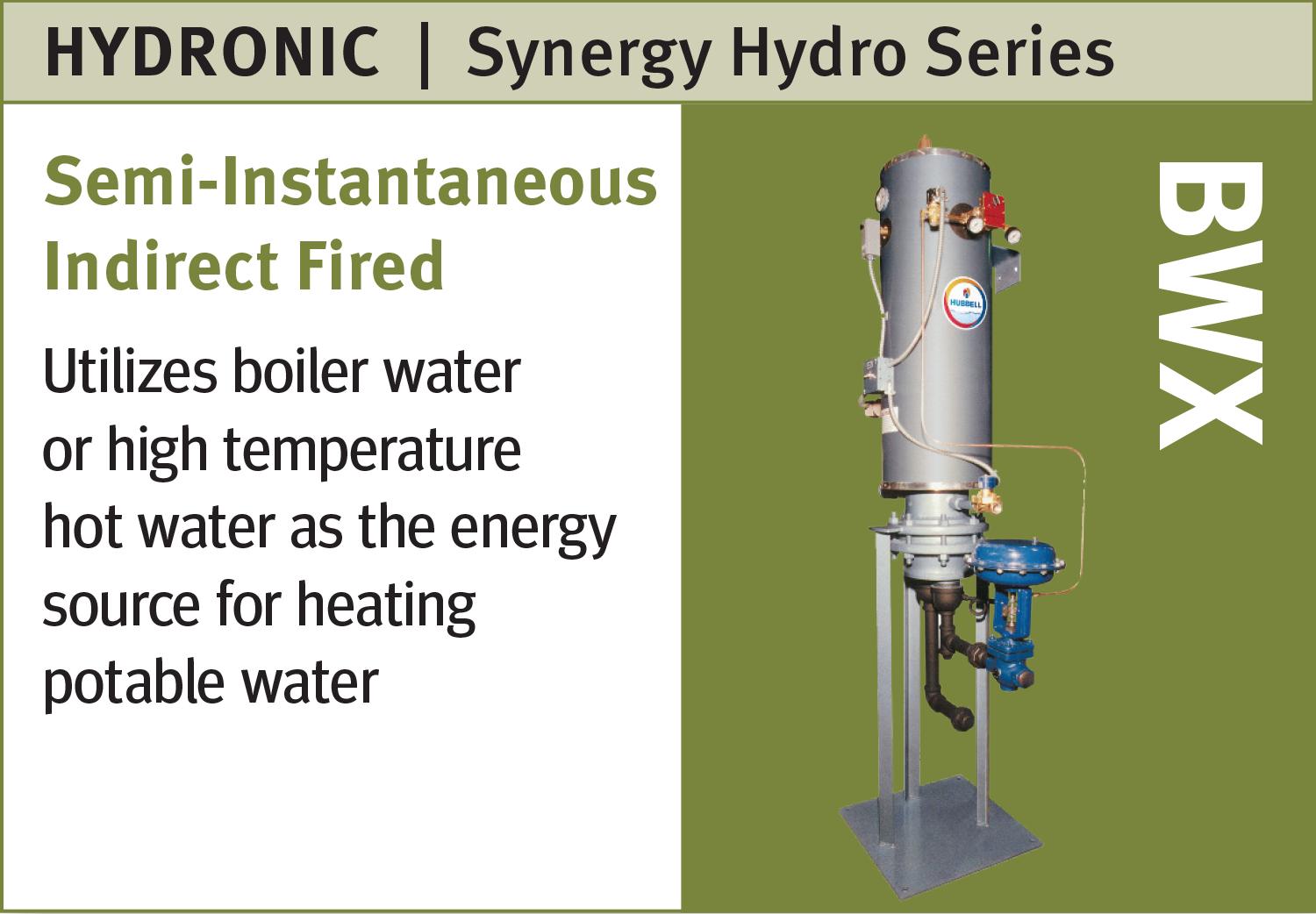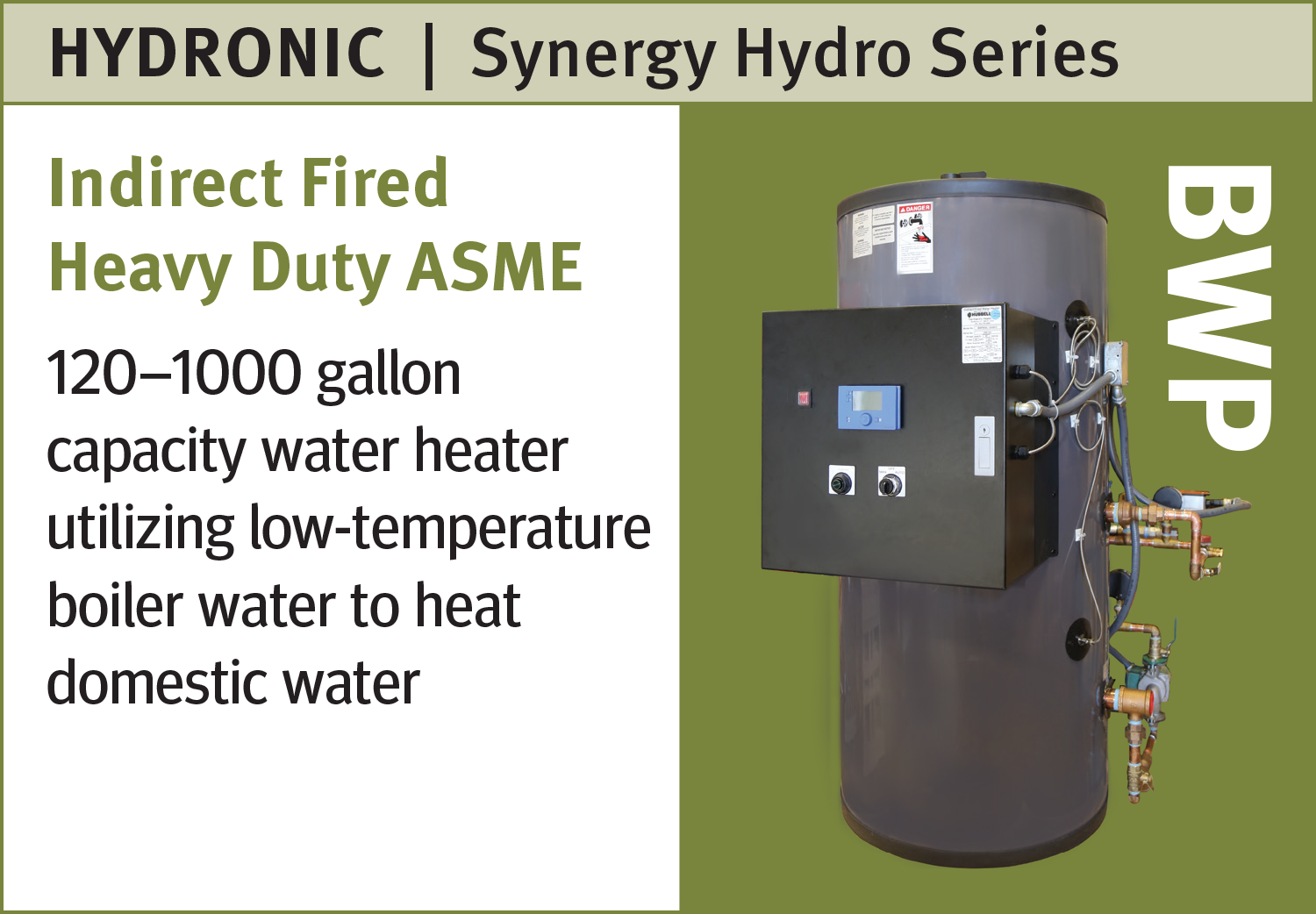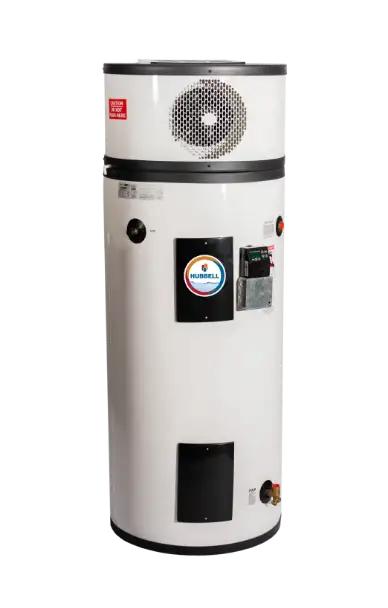Synergy Hydro Series
SLN
Vertical Storage Indirect Solar Water Heater
65–119 gallon capacity

HIGH EFFICIENCY DESIGN
SUSTAINABLE ENERGY
HYDRASTONE CEMENT LINING
HEAVY DUTY CONSTRUCTION
REMOVABLE HEATING COIL
NO ELECTRICAL CONNECTIONS REQUIRED
Applications
For homes, industrial facilities, schools, or any system which utilizes solar collectors/panels.
Synergy Hydro Series
SLN
Vertical Storage Indirect Solar Water Heater
65–119 gallon capacity
HIGH EFFICIENCY DESIGN
SUSTAINABLE ENERGY
HYDRASTONE CEMENT LINING
HEAVY DUTY CONSTRUCTION
REMOVABLE HEATING COIL
NO ELECTRICAL CONNECTIONS REQUIRED
Applications
For homes, industrial facilities, schools, or any system which utilizes solar collectors/panels.
SLN Overview
Technical Documents
Request Info about the SLN
You might also be interested in ...
Hubbell has a water heater for almost every application. Take a look at other options.









